
The OM System OM-1 Mark II is a flagship camera that opens new horizons for the Micro Four Thirds system. Featuring innovative AI autofocus, 80MP high-resolution shooting, and 14-bit RAW support, it offers professional-grade performance in a compact body. In this review, we’ll take a detailed look at the OM-1 Mark II’s key features and real-world performance.
OM-1 Mark II Key Specifications
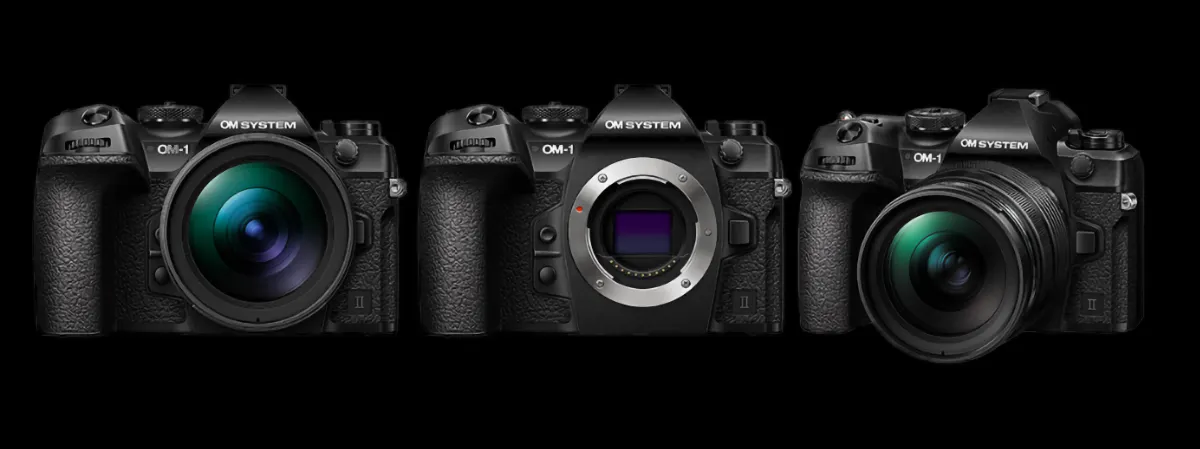
| Specification | Details |
|---|---|
| Sensor | 20MP Live MOS Stacked Sensor |
| Processor | TruePic X |
| AF System | 1,053-point Cross-type Phase-detect AF |
| Continuous Shooting | Up to 50fps (with AF/AE tracking), 120fps (fixed AF) |
| High-Res Mode | 80MP (tripod), 50MP (handheld) |
| Video | 4K 60p, 1080p 240fps |
| Viewfinder | 5.76M dot OLED EVF |
| Monitor | 3-inch 1.62M dot Vari-angle Touch LCD |
| Weather Sealing | IP53 rated |
| Battery | BLX-1 (500 shots) |
| Dimensions | 134.8 x 91.6 x 72.7 mm |
| Weight | 599g (including battery and memory card) |
🎯 Innovative AI Autofocus System
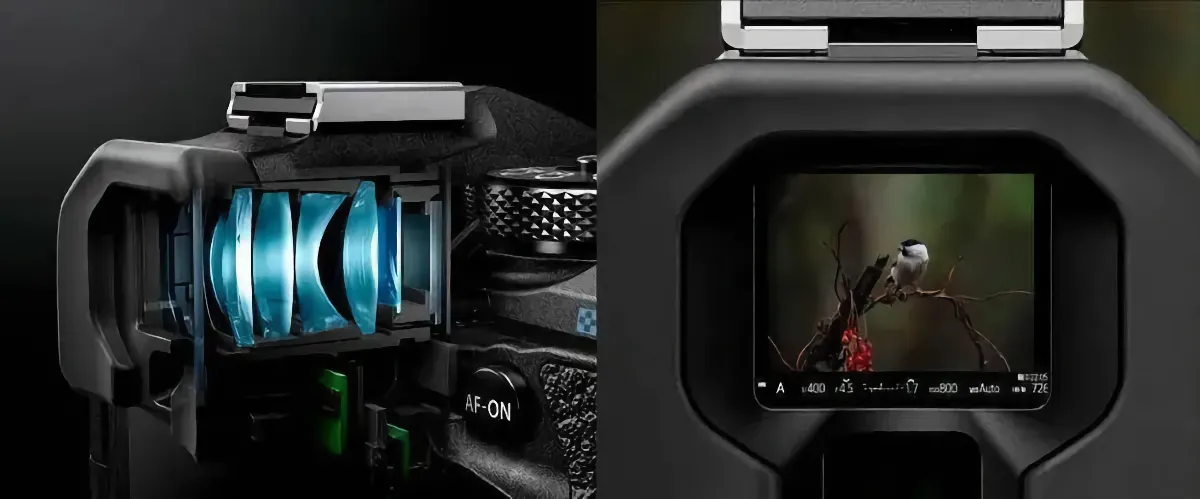
One of the OM-1 Mark II’s standout features is its improved AI autofocus system. It offers 1,053 cross-type phase-detect AF points covering the entire frame.
Enhanced Subject Recognition Capability
- Accurately recognizes various subjects including people, animals (dogs, cats, birds), cars, motorcycles, airplanes, and trains
- Automatically tracks eyes, faces, heads, and bodies for consistently accurate focus
Fast and Accurate AF Performance
- Capable of AF/AE tracking at up to 50fps continuous shooting
- Provides excellent AF accuracy even in low-light conditions
In real-world testing, the OM-1 Mark II’s AF system proved faster and more accurate than its predecessor, the OM-1. It particularly excels when tracking fast-moving subjects, demonstrating impressive performance in sports and wildlife photography.
📸 Impressive High-Resolution Shooting Capabilities
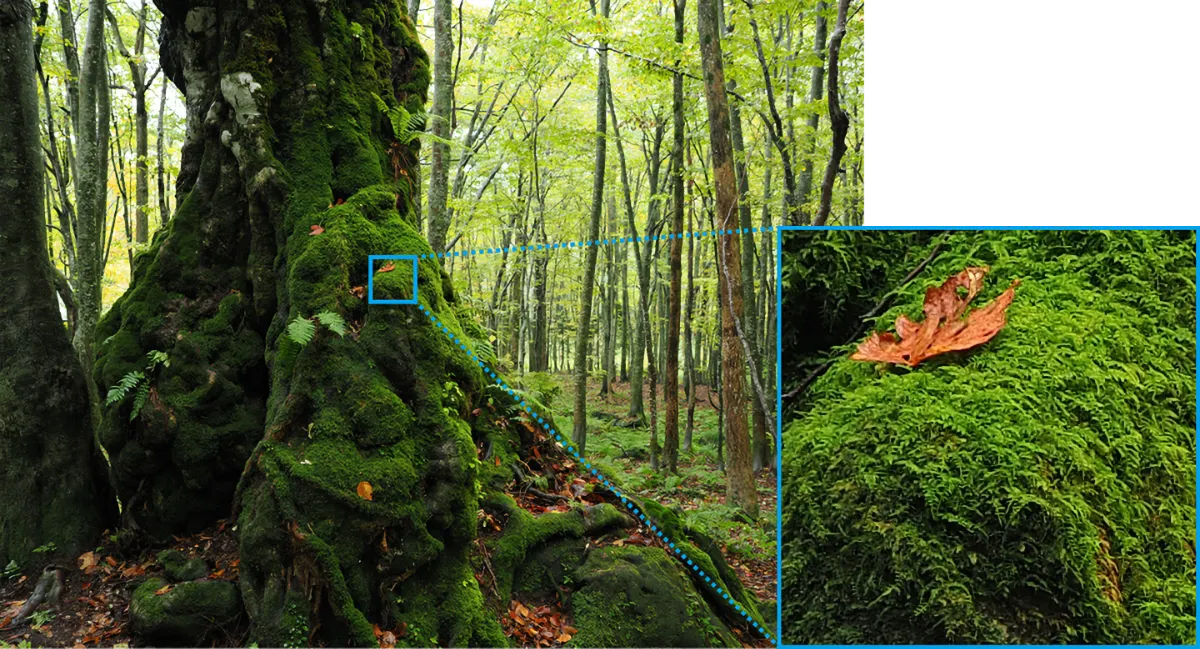
The OM-1 Mark II offers a high-resolution shooting mode using sensor-shift technology. This innovative feature addresses the resolution limitations often associated with Micro Four Thirds systems.
Tripod Mode: Up to 80MP Resolution
- Combines 8 images to create an 80MP high-resolution image
- Ideal for landscape, architecture, and still life photography
Handheld Mode: 50MP Resolution
- Combines 16 images to provide 50MP resolution
- Image stabilization technology allows for sharp high-resolution captures even in handheld shooting
14-bit RAW Support
The OM-1 Mark II supports upgraded 14-bit RAW capture, which means it can store 4 times more color information compared to the 12-bit RAW of previous models.
- Enables richer color representation and smoother gradations
- Provides more editing flexibility in post-processing
In practice, the detail and sharpness of images captured in high-resolution mode are truly impressive. This feature particularly shines in landscape photography and provides sufficient resolution for large prints.
🎥 Advanced Video Capabilities

The OM-1 Mark II demonstrates excellent performance not only in still photography but also in video recording.
High-Quality 4K 60p Video
- Supports 4K 60p 10-bit 4:2:2 internal recording
- OM-Log400 profile for wide dynamic range
High-Speed Recording and Slow Motion
- Capable of Full HD 240fps ultra-high-speed recording
- Suitable for creating impressive slow-motion videos
Enhanced Video Stabilization
- Combination of 5-axis in-body stabilization + electronic stabilization
- Enables smooth footage even when shooting while walking
Video recording tests show that the OM-1 Mark II is capable of performance suitable for professional video production. It’s particularly ideal for documentary or travel video production where portability is crucial.
💪 Robust Durability and Excellent Portability
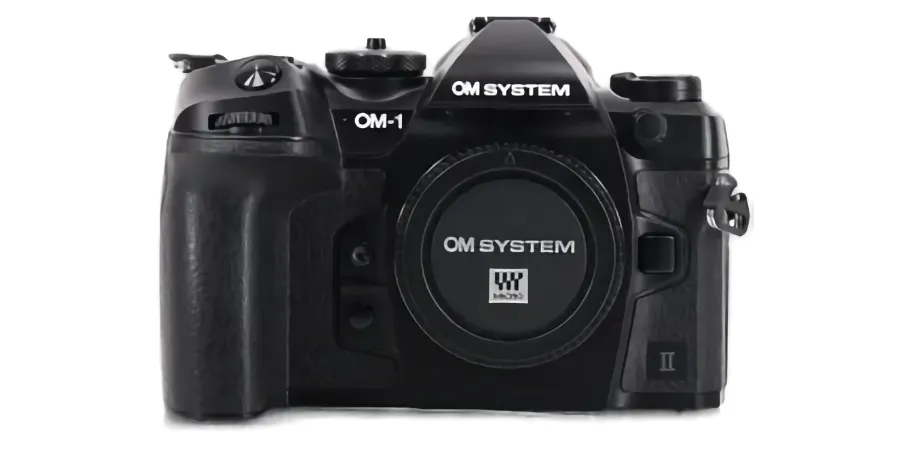
The OM-1 Mark II boasts excellent durability befitting a professional camera.
IP53-rated Dust and Splash Resistance
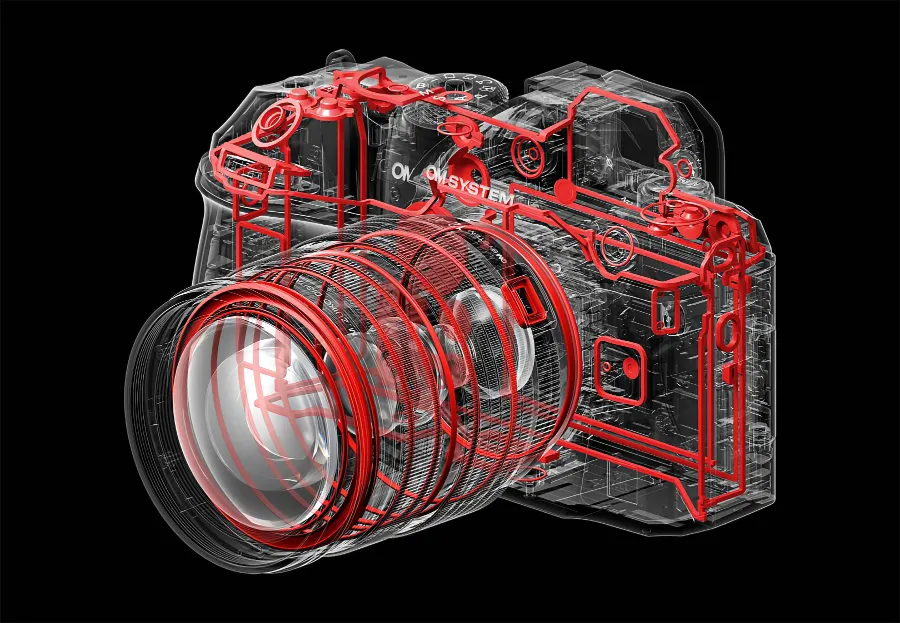
- Can be used with confidence in harsh environments
- Allows shooting without worry about rain or dust
Compact Size and Light Weight
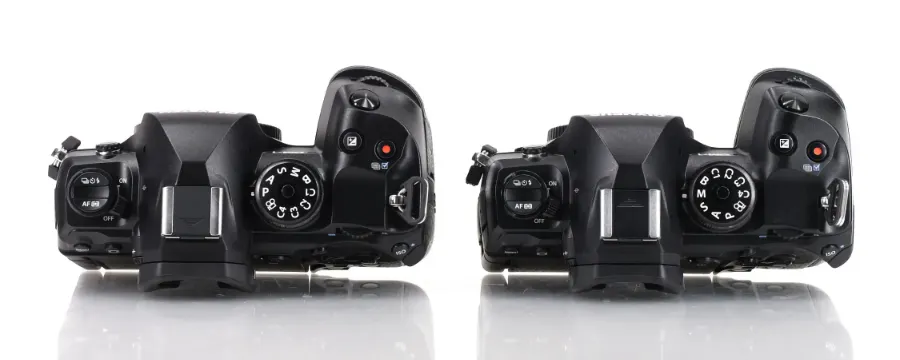
- Weight: 599g (including battery and memory card)
- Dimensions: 134.8 x 91.6 x 72.7 mm
- Much smaller and lighter compared to full-frame cameras
In real-world use, the portability of the OM-1 Mark II is a significant advantage. It reduces fatigue during long shooting sessions and lightens the load in your camera bag when traveling.
🔋 Improved Battery Performance
The OM-1 Mark II uses a new BLX-1 battery.
- Capable of 500 shots according to CIPA standards
- Supports fast charging via USB-C
In actual use, it was possible to take more shots than the official figures suggest. You can confidently conduct all-day shooting sessions without worrying about battery life.
📊 Comparison with Competitors
To better understand the OM-1 Mark II’s performance, let’s compare it with similarly priced competitors.
1. Sony A7 IV
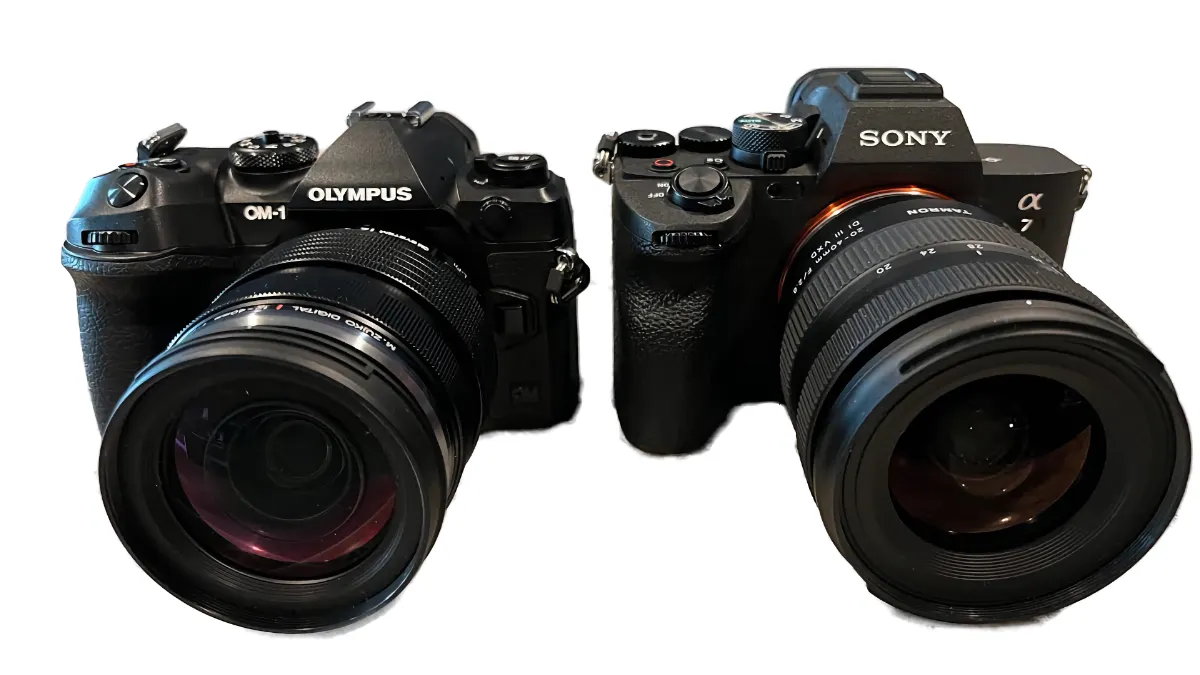
- Pros: Full-frame sensor, higher resolution (33MP)
- Cons: Larger and heavier than OM-1 Mark II, slower continuous shooting speed
2. Fujifilm X-T5
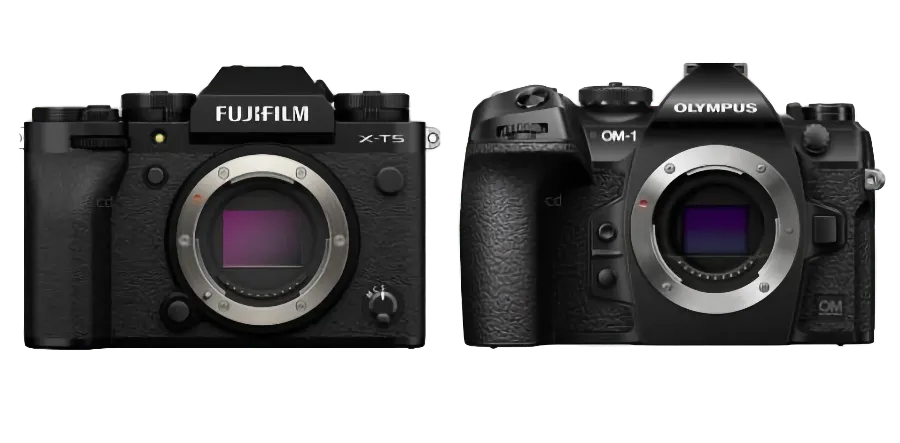
- Pros: Larger APS-C sensor, 40MP resolution
- Cons: Inferior weather sealing compared to OM-1 Mark II, slower continuous shooting speed
3. Panasonic Lumix GH6
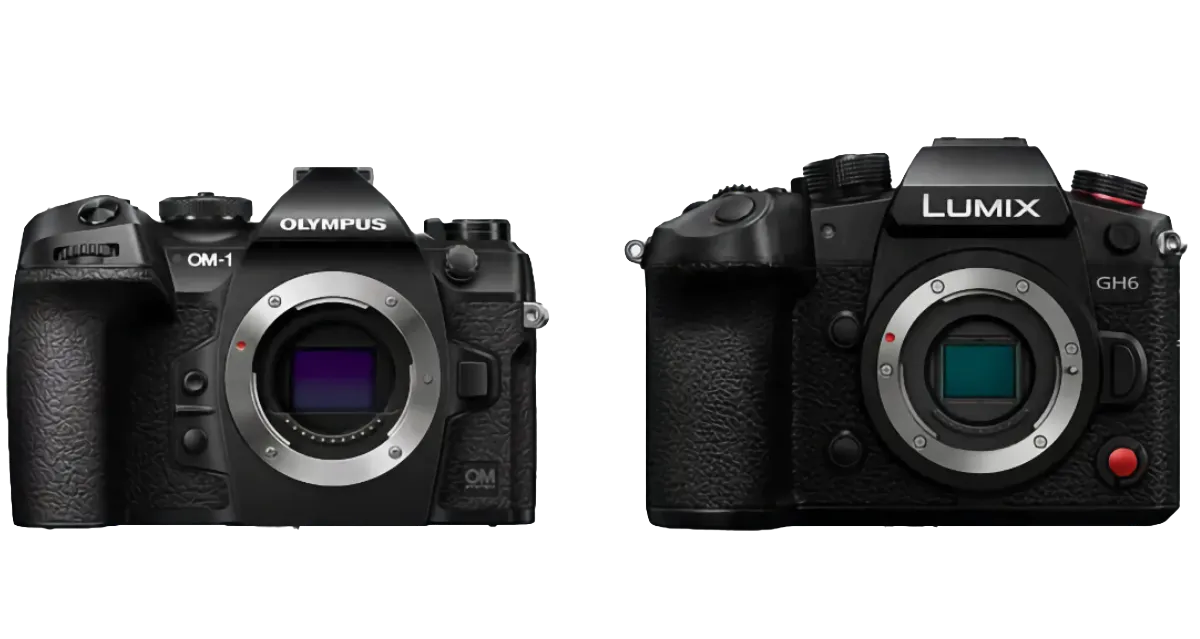
- Pros: Superior video performance (capable of 5.7K recording)
- Cons: Inferior AF performance compared to OM-1 Mark II, heavier weight
Compared to these competitors, the OM-1 Mark II excels particularly in AF performance, continuous shooting speed, weather sealing, and portability. However, it may be slightly disadvantaged in high ISO performance and shallow depth of field expression due to its smaller sensor size compared to full-frame or APS-C sensor cameras.
🎨 Enhanced Image Quality
The OM-1 Mark II shows overall improvements in image quality compared to its predecessor.
Improved Noise Handling
- Maintains clean image quality even at high ISO sensitivities
- Practically usable up to ISO 6400
Rich Color Reproduction
- 14-bit RAW support enables more delicate color expression
- Provides natural and vibrant color rendition
Wide Dynamic Range
- Well preserves highlight and shadow details
- Capable of capturing high-contrast scenes without HDR shooting
In actual shooting, the OM-1 Mark II’s image quality surpasses the limitations typically associated with Micro Four Thirds systems. It particularly excels in expressing rich colors and details in landscape and portrait photography.
🖥 User Interface and Operability
The OM-1 Mark II offers an intuitive operation system and customization options.
Improved Menu System
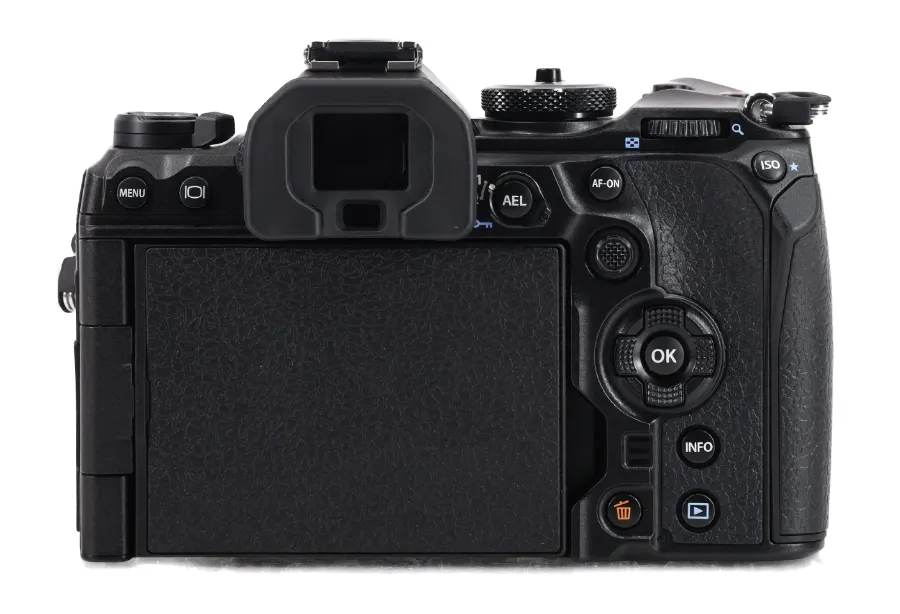
- More logically structured menu organization
- Quick setting changes possible via touch operation
Various Custom Buttons
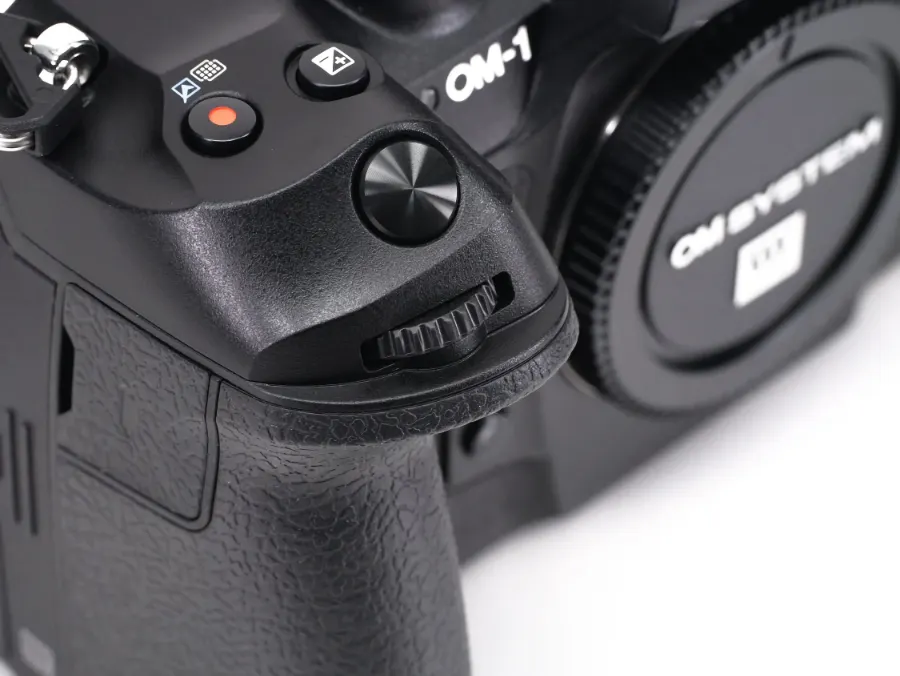
- Users can assign frequently used functions to buttons
- Allows quick setting changes according to shooting situations
High-Resolution EVF
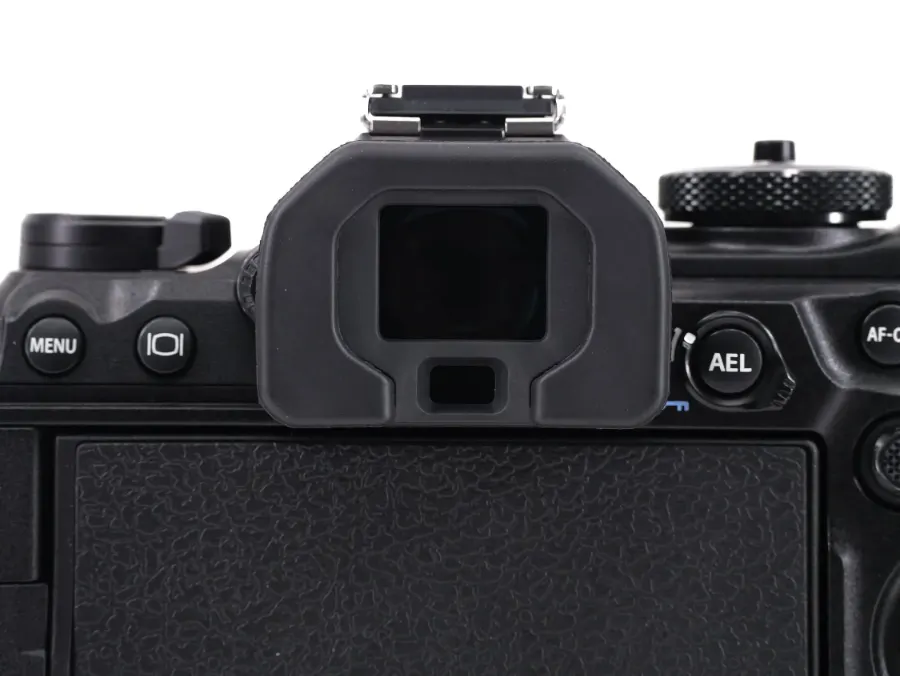
- Equipped with a 5.76M dot OLED EVF
- Provides clear and natural viewfinder image
In actual use, the operability of the OM-1 Mark II is excellent. Users familiar with previous OM System or Olympus cameras will find it particularly easy to adapt to.
📡 Connectivity and Workflow
The OM-1 Mark II also shows excellent performance in terms of connectivity and workflow, crucial elements in modern cameras.
Wireless Connection Features
- Quick pairing with smartphones via built-in Wi-Fi and Bluetooth
- Remote control and image transfer through the OI.Share app
USB-C Tethering
- Supports wired tethering via OM Capture software
- Enables real-time image checking during studio shoots
Dual UHS-II SD Card Slots
- Allows high-speed, high-capacity storage
- Flexible usage such as backup or separate RAW+JPEG storage
These features greatly improve the workflow of professional photographers, particularly useful in situations where images need to be quickly checked and shared in the field.
🎭 Unique Shooting Modes
In addition to basic shooting modes, the OM-1 Mark II offers various special modes for creative expression.
Live ND Filter

- Digitally implements ND filter effect up to 6 stops
- Allows slow shutter speed effects without separate filters
Live Composite

- Composites only changing parts during long exposures
- Useful for shooting star trails, fireworks, etc.
Focus Stacking

- Automatically composites up to 15 images
- Enables wide depth of field in macro photography
These special modes are unique advantages of the OM-1 Mark II, offering features not easily found in other camera systems.
💡 Conclusion: OM System OM-1 Mark II Purchase Recommendation
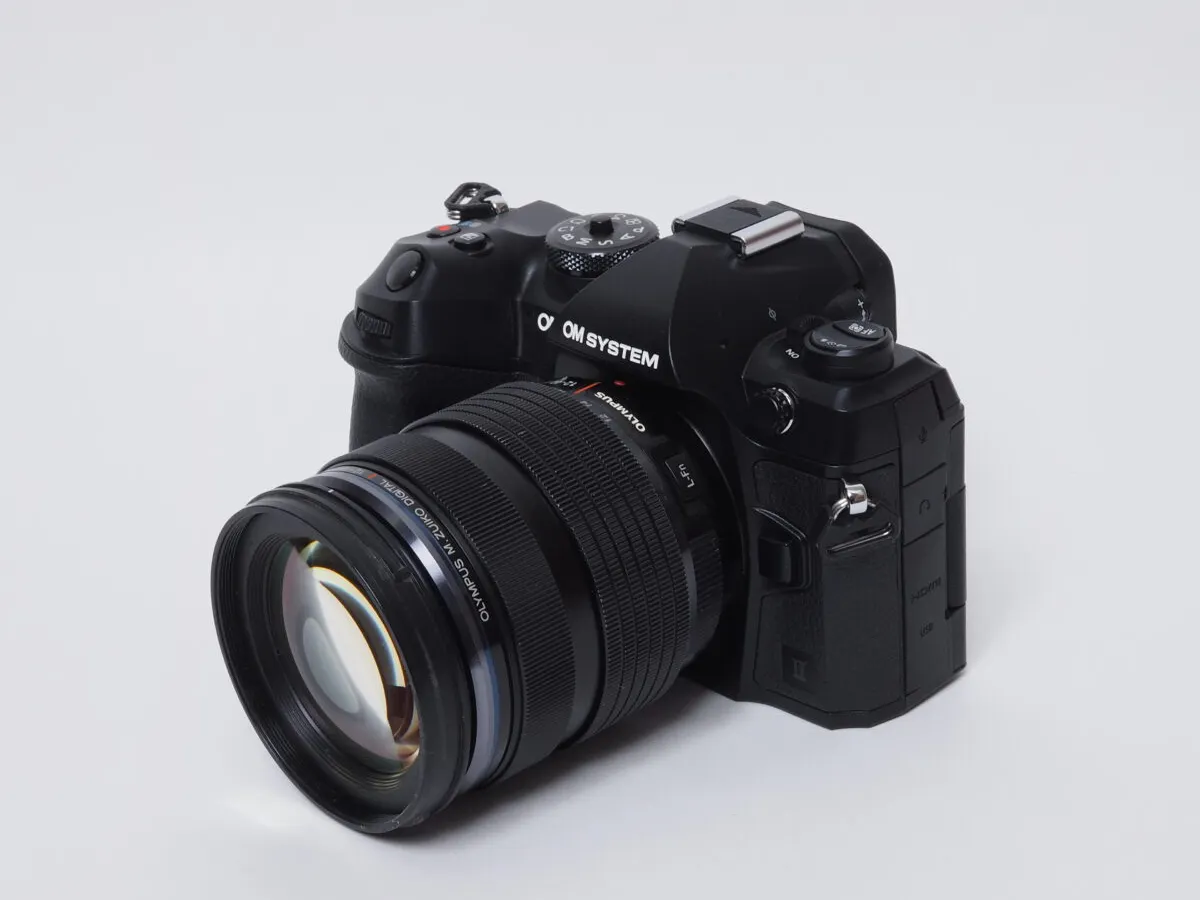
The OM System OM-1 Mark II is an innovative camera that surpasses the limitations of the Micro Four Thirds system. It’s highly recommended for professional photographers who need excellent AF performance, high-resolution shooting capabilities, robust weather sealing, and portability.
Recommended for Photographers
- Wildlife and sports photographers who primarily shoot fast-moving subjects
- Travel and landscape photographers who prefer lightweight equipment
- Adventure photographers who frequently shoot in harsh environments
- Photographers who need high-resolution images but find heavy equipment burdensome
Points to Consider
- Slightly inferior high ISO performance compared to full-frame cameras
- More limited lens selection in the Micro Four Thirds system compared to other systems
- High price point
Overall, the OM-1 Mark II is an excellent camera that maximizes the advantages of the Micro Four Thirds system while addressing most of its previous limitations. It’s an optimal choice for photographers who want both portability and high performance.
You can find more detailed information about the OM-1 Mark II on OM System’s official website (https://www.olympus-global.com). It’s also a good idea to try it out at a nearby store before purchasing.
The OM-1 Mark II is an innovative camera that showcases the future of the Micro Four Thirds system. With this camera, you can confidently produce top-quality results in any shooting situation.







